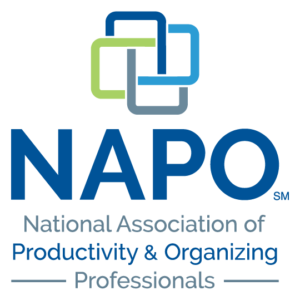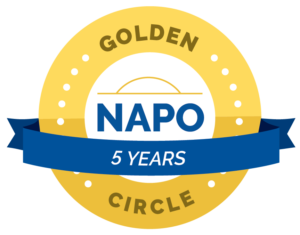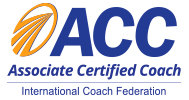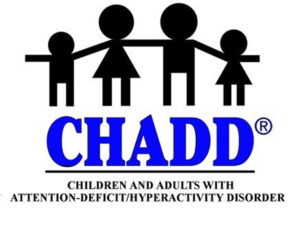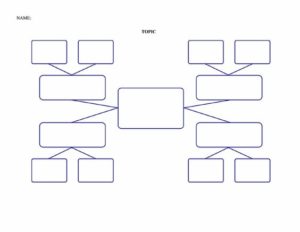 I come from a family of swimmers. At a point in time, all five of the siblings in my family were on swim teams. I was the youngest at the age of six with my oldest brother being 14. I can’t imagine the scheduling chaos in our family at that point time.
I come from a family of swimmers. At a point in time, all five of the siblings in my family were on swim teams. I was the youngest at the age of six with my oldest brother being 14. I can’t imagine the scheduling chaos in our family at that point time.
One swim meet in particular stands out.
It was early in my swim team career. We were at an away meet and my suits had been forgotten at home. My sister was six years older than me, but using her spare suit was the only option I had. My mother jerry-rigged it the very best she could, but as you might imagine, it didn’t go well.
I was crying before I hit the water. I was sure my suit was going to come off. I couldn’t hold a stroke to save my life. I was all over the place and ended up being disqualified because I wandered out of my swim lane and into the adjacent lane.
I wanted to give up. I never wanted to swim another stroke in my life.
If I were to put adult emotions on my six-year-old self they would be:
- Embarrassed
- Frustrated
- Disappointed
- Humiliated
All because I wasn’t prepared and didn’t stay in my swim lane.
I experience some of these same emotions when I don’t stay in my swim lane as an adult.
What does staying in my swim lane mean?
Do what I am responsible for and what I do best.
Let others do what they are responsible for and what they do best.
Some examples of my swim lane restrictions:
- In our household, everything that has a motor is the responsibility of my husband. I may pass on information like “this doesn’t seem to be working the way it used to.” That’s it. He gets to take it from there, I get to let it go.
- I have been a long-time Board member of a local professional group. To that end, people send me requests and questions that do not pertain to my current Board position. With glee, I pass them on to the appropriate individual.
- As a coach, my clients open up to me about very personal things, sometimes asking for advice I am not qualified to give. I am not a counselor. I am not a therapist. When this situation comes up, it is helpful to know the boundaries of my swim lane and politely suggesting this is a situation better suited for their mental health provider.
What has embracing this swim lane philosophy done for me?
- I’m not embarrassed when I offer solutions, even though I lacked understanding the big picture.
- I’m not frustrated when I felt the need to meddle in someone else’s business when I wasn’t asked or invited (funny, most people would prefer I stay out of their swim lanes).
- I’m not disappointed when my involvement in projects is not embraced.
- I’m not humiliated when I’m told that my solution to their problem isn’t in line with their direction, desires, values, and needs. I don’t always know best.
Although I do enjoy being helpful and supportive, being able to identify when I am wandering into someone else’s swim lane and stopping myself has been a blessing.
Thought:
Do what I am responsible for and what I do best.
Let others do what they are responsible for and what they do best.
Stay in your swim lane.
Cindy Jobs, COC, ACC
Looking for more information?
Click here for 15-minute organizing tips.
National Association of Productivity & Organizing Professionals, Seattle Chapter Vice-President
International Coach Federation
Institute for Challenging Disorganization
Level I Certificates earned in Chronic Disorganization; ADD; Client Administration; Time Management; Mental Health; and Hoarding.
Level II Specialist Certificates earned in Chronic Disorganization and ADHD

